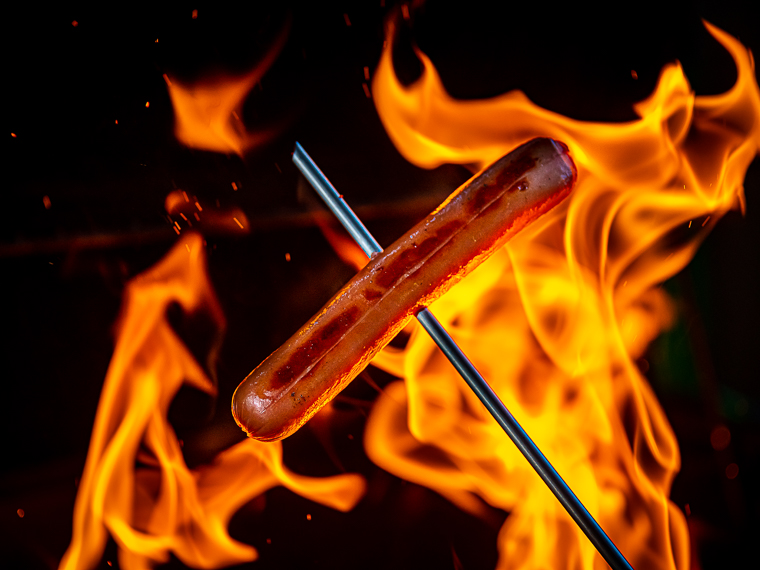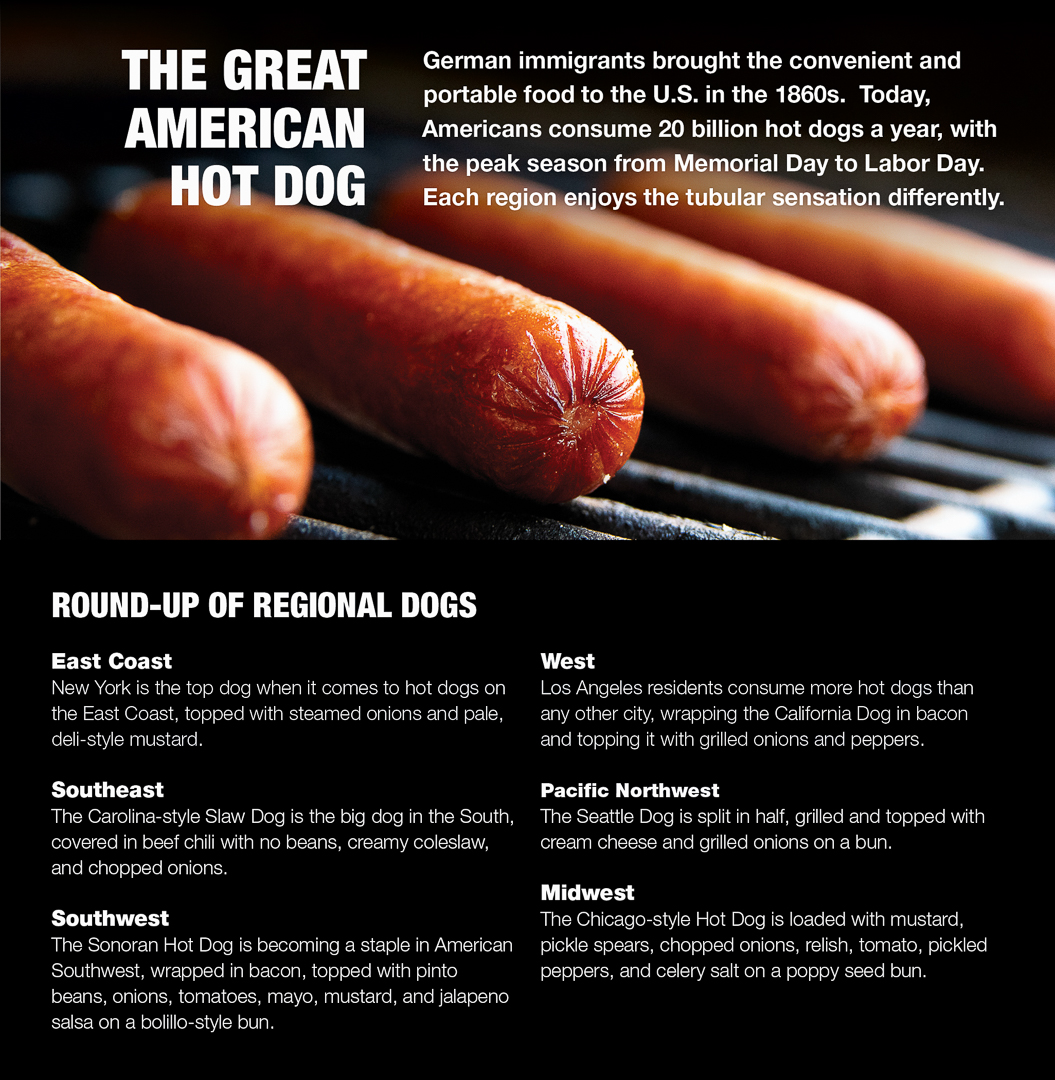The information presented on this page may be dated. It may refer to situations which have changed or people who are no longer affiliated with the university. It is archived as part of Mississippi State University's history.
AS GRILLING SEASON FIRES UP, Americans will put a fork to pork, to the tune of 51 pounds consumed per person each year. Worldwide, more than 214 billion pounds of pork were consumed in 2020, making pork one of the world's favorite meats. The U.S. produces 13 percent of the global pork supply, exporting 6.56 billion pounds to other countries last year alone. In the U.S., most pork is produced in Iowa, North Carolina, Illinois, Minnesota, and Missouri, though Mississippi has its share of hog farmers, accounting for $38 million value of production in 2020.
Pork trimmings, leftover from choice cuts of the whole hog, are used to make ground pork, sausage, and hot dogs, among other products. While there are pre- and post-harvest measures in place, pork is sometimes recalled because of Salmonella. The USDA Food Safety and Inspection Service conducted a sampling survey from 2015 to 2017 and found almost a 10 percent increase in Salmonella incidence rate in pork trimmings specifically. Because of this, MSU researchers sought to provide the pork industry, especially processors of pork trimmings, with a natural, low-cost approach to reduce Salmonella and make meat products safer.
Dr. Thu Dinh , associate professor in the Department of Animal and Dairy Sciences and researcher with the Mississippi Agricultural and Forestry Experiment Station, or MAFES, explained that while measures are in place to prevent Salmonella during the initial harvest, more attention needs to be paid in post-harvest processing.
"The current industry's approach focuses primarily on antimicrobial intervention during harvest with hair removal by hot water wash and a brief searing flame, however, safety and preventive measures for further processed pork products, especially pork trimmings used for ground pork and sausages are lacking," he said.
Dinh noted the research as one example of addressing the challenges of animal agriculture in a precise way.
"As a meat chemist, I look at changes in animals and meat products from chemistry perspectives. I evaluate the needs of the meat industry and the issues presented to me as a meat scientist through various venues and answer those questions, big or small, one at a time," he said.
The team sought to find a simple, scalable method to reduce Salmonella in pork trimmings.
"Meat is an invaluable source of essential nutrients for the human body. Improving the safety and shelf life of meat products is important to human health, reduces waste, and makes meat more affordable," Dinh said. "We found a simple method to decontaminate pork carcasses and pork trimming for safer meat products, a portable method that can be used in a small to very small processing facility to improve meat shelf life and quality."
By using a hurdle approach, or using two treatments simultaneously, the researchers were able to accomplish their goal. In this case, they applied vinegar to the meat at a warm temperature for a specific period of time in order to kill the Salmonella.
"We found that dipping the meat in three percent acetic acid, diluted from vinegar, at 122 degrees Fahrenheit for a minute and 15 seconds destroyed Salmonella cells without impacting meat quality," Dinh said.
Dr. Shecoya White, assistant professor in the Department of Food Science, Nutrition and Health Promotion and MAFES researcher, was also on the project. As a food microbiologist, her main focus is on the pathogen.
"I apply antimicrobial or antibacterial solutions to products to determine how we can inhibit or eliminate the growth of pathogens. How can we kill the bacteria or inhibit its growth in that post-production setting? We're also assessing whether a particular treatment affects the meat in a way that diminishes consumer acceptability so some things we'll evaluate include meat color and pH," she said.
She said consumer demand directed their search for a natural solution.
"We chose vinegar because it's a natural product. Consumers don't want synthetic chemicals on their meats, so we needed a natural product that eliminated the bacteria in the post-production environment," White said.
She said the treatment did not compromise the meat's color, pH, or taste. "Acetic acid is volatile and will evaporate after treatment and during storage; therefore, it is unlikely to affect meat quality," White said.
White is most passionate about finding out what's happening on the microscopic level.
"Chasing the answer of why certain interventions work is what excites me because we can prevent people from getting sick," she said. "You want to have a safe product so that's our goal. In feeding the U.S. and the world, we want to make sure our processes promote the safest food possible."
MSU collaborators included Dr. Jean-Magloire Feugang, associate research professor in the Department of Animal and Dairy Sciences; Dr. Wes Schilling, professor in the Department of Food Science, Nutrition and Health Promotion; and Dr. Anuraj Theradiyil Sukumaran, assistant professor in the Department of Poultry Science, all of whom are MAFES scientists. Dr. Seongbin "Benny" Park, a senior research associate and MAFES scientist at the Coastal Research and Extension Center, also contributed to the work.
This research was funded by the National Pork Board.
Chasing the answer of why certain interventions work is what excites me because we can prevent people from getting sick. You want to have a safe product so that's our goal. In feeding the U.S. and the world, we want to make sure our processes promote the safest food possible.
Dr. Shecoya White


